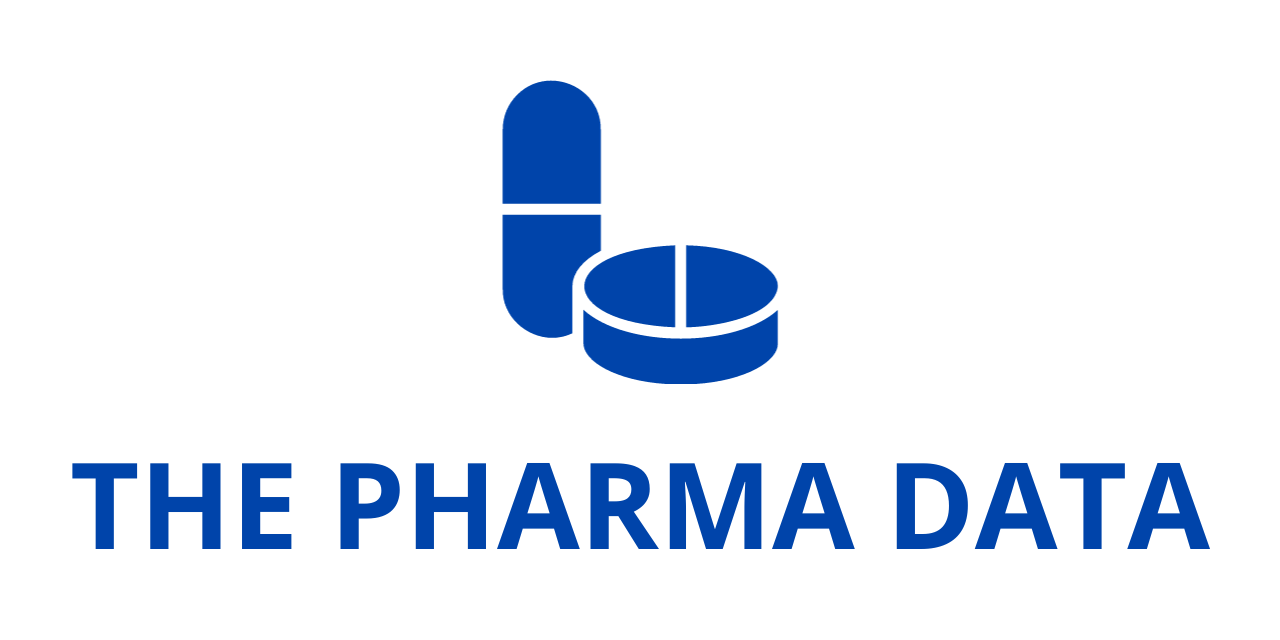
Eli Lilly Presents Promising Phase 1 Data for Investigational FRα-Targeting ADC in Platinum-Resistant Ovarian Cancer at ASCO 2025
Eli Lilly and Company has announced encouraging new Phase 1 clinical data for its investigational folate receptor alpha (FRα) targeting antibody-drug conjugate (ADC), LY4170156, in the treatment of women with heavily pre-treated platinum-resistant ovarian cancer. The data, presented at the prestigious 2025 American Society of Clinical Oncology (ASCO) Annual Meeting, highlights a favorable safety profile coupled with notable anti-tumor activity across various dose levels and FRα expression statuses. Remarkably, this includes patients who have previously received treatment with mirvetuximab soravtansine, another FRα-targeted ADC.
Background: The Need for New Therapies in Ovarian Cancer
Ovarian cancer remains a challenging malignancy to treat, particularly in the platinum-resistant setting where patients have often undergone multiple lines of systemic therapy without durable benefit. Despite advances in targeted therapies, including the emergence of ADCs aimed at folate receptor alpha—a protein overexpressed on many ovarian cancer cells—there remains a substantial unmet medical need for effective treatments that work irrespective of the tumor’s FRα expression level.
Antibody-drug conjugates represent a powerful class of therapeutics that combine the specificity of antibodies with the cytotoxic potential of chemotherapy drugs. By directing potent chemotherapeutic agents specifically to cancer cells expressing a target antigen, ADCs can maximize tumor cell killing while minimizing systemic toxicity. Lilly’s LY4170156 is a next-generation FRα targeting ADC designed to improve on existing options by leveraging a novel humanized monoclonal antibody engineered to be Fc-silent, thus potentially reducing immune-related side effects. It is linked via a proprietary cleavable polysarcosine linker to exatecan, a topoisomerase I inhibitor known for its potent anti-cancer activity.
Study Design and Patient Population
The Phase 1 trial enrolled 95 women diagnosed with high-grade serous ovarian cancer who had undergone extensive prior treatment, receiving a median of five systemic regimens (ranging from 1 to 10 prior therapies). Patients were administered LY4170156 at four different dose levels ranging from 2 mg/kg to 6 mg/kg to evaluate safety, pharmacokinetics, and anti-tumor efficacy. Approximately 15% of the study population had previously been treated with mirvetuximab soravtansine, offering a unique opportunity to assess the efficacy of LY4170156 in a population that had prior exposure to a similar FRα-targeted agent.
Tumor samples from participants were assessed for FRα expression, with 51% showing less than 75% expression and 34% exhibiting high FRα expression (≥75%). For 16% of participants, FRα expression data was pending at the time of analysis.
Key Findings: Safety and Efficacy
At the data cutoff on March 9, 2025, the results demonstrated encouraging activity at all dose levels and across all levels of FRα expression, including in patients with prior mirvetuximab soravtansine exposure. Among 58 patients evaluable for efficacy (out of 95 enrolled, with 37 ongoing and yet to be assessed), the overall objective response rate (ORR) was 45%, and the disease control rate reached 74%. Notably, the potential recommended Phase 2 dose of 4 mg/kg achieved an ORR of 55%, indicating a robust anti-tumor effect at this dose level.
The observed responses included partial and complete tumor shrinkage, suggesting that LY4170156 could deliver meaningful clinical benefit even in a heavily pre-treated and platinum-resistant population, which historically has poor prognosis and limited treatment options.
On the safety front, LY4170156 was generally well tolerated. The most common treatment-emergent adverse events (TEAEs) reported across all doses included nausea (64%), anemia (40%), fatigue (32%), vomiting (32%), diarrhea (28%), and neutropenia (27%). Importantly, no cases of treatment-emergent neuropathy or ocular toxicity—a concern with some ADCs—were observed to date. Furthermore, the trial did not establish a maximum tolerated dose (MTD), indicating the treatment was manageable within the studied dosing range.
Expert Insights: Potential Impact on Ovarian Cancer Treatment
Dr. Isabelle Ray-Coquard, M.D., Ph.D., president of the European Network of Gynecological Oncology Trial (ENGOT) group and principal investigator for the study, commented on the significance of these findings. “ADCs have begun to change the treatment paradigm for some women with ovarian cancer, but a large proportion of patients still have a significant need for new therapies that improve outcomes regardless of FRα expression level,” she said. “These initial data show activity across all doses and levels of FRα expression, including in patients previously treated with a FRα targeting treatment. Taken together with the emerging safety and tolerability profile, these data demonstrate early potential to meaningfully improve outcomes for women living with advanced ovarian cancer.”
Dr. Ray-Coquard’s perspective underscores the value of LY4170156’s broad activity profile, which could address limitations faced by other FRα-targeted therapies that depend heavily on high antigen expression.
Lilly’s Vision and Next Steps
David Hyman, M.D., Chief Medical Officer at Lilly, expressed optimism regarding the future development of LY4170156. “We are excited to share these first clinical data for our FRα targeting ADC, demonstrating a promising tolerability and efficacy profile across all FRα expression levels,” he stated. “Based on these results, we believe there is the potential to significantly expand the number of ovarian cancer patients who could benefit from a FRα ADC. We are now focused on rapidly advancing this potential new medicine into registrational Phase 3 clinical trials.”
Lilly’s strategic plan includes moving forward with larger, pivotal studies that will evaluate LY4170156’s efficacy and safety in a broader patient population with platinum-resistant ovarian cancer. These upcoming Phase 3 trials aim to confirm the preliminary findings and potentially support regulatory approval, offering a new therapeutic option for patients who currently have limited choices.
The Promise of Next-Generation ADCs in Oncology
LY4170156 exemplifies a new generation of ADCs designed with enhanced precision and improved safety profiles. The use of an Fc-silent antibody reduces unwanted immune system activation, while the cleavable polysarcosine linker ensures the effective release of the cytotoxic payload inside cancer cells. By incorporating exatecan, a potent topoisomerase I inhibitor, Lilly aims to maximize anti-tumor effects while minimizing systemic exposure.
This approach reflects a broader trend in oncology drug development, where refining the molecular components of ADCs can lead to better targeting, fewer side effects, and improved patient outcomes.
The Phase 1 data for Lilly’s LY4170156 ADC presented at ASCO 2025 offers a beacon of hope for women battling platinum-resistant ovarian cancer. With a demonstrated ability to induce tumor responses across a spectrum of FRα expression levels, including in those with prior FRα-targeted therapy exposure, LY4170156 holds the potential to shift current treatment paradigms. The favorable safety profile further supports its continued clinical development.
As Lilly progresses into Phase 3 clinical trials, the oncology community will be closely watching to see whether this promising investigational drug can fulfill its potential to deliver meaningful, durable benefits to patients facing one of the most difficult forms of ovarian cancer.





